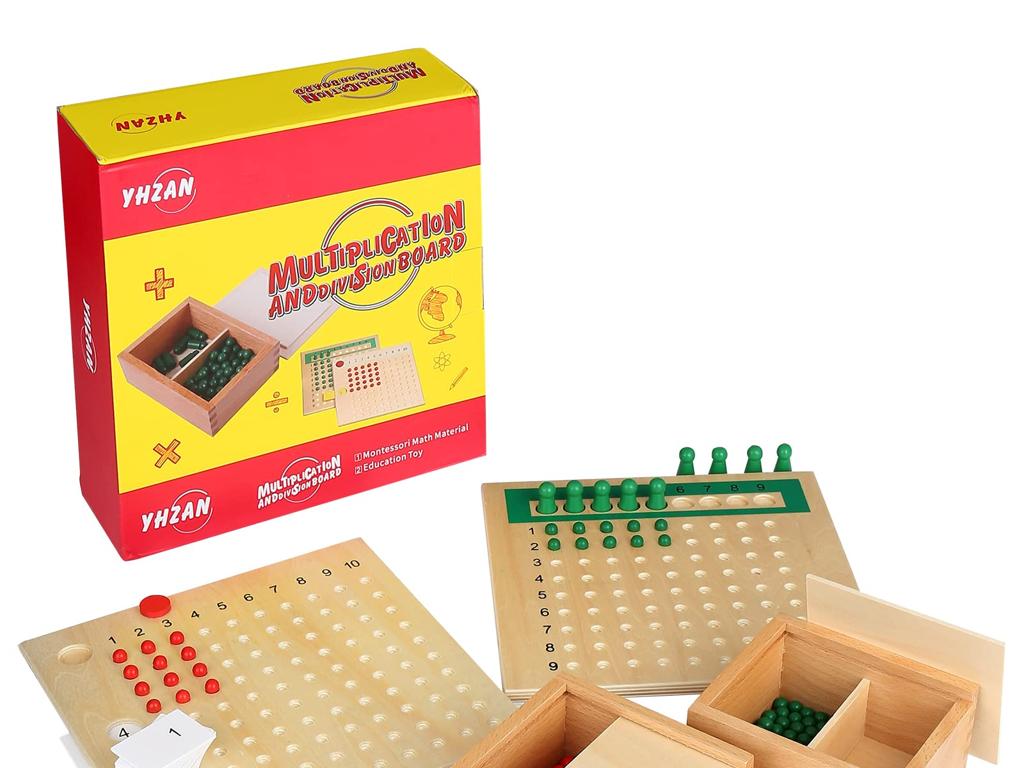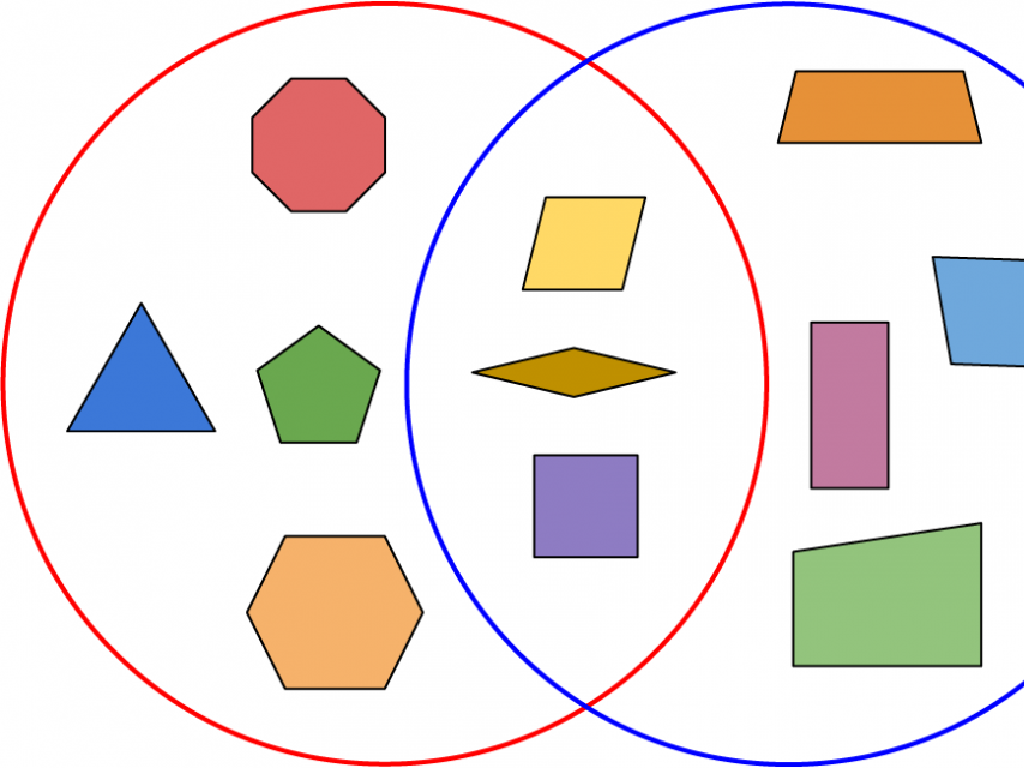Find Missing Angles In Triangles
Subject: Math
Grade: Eighth grade
Topic: Two-Dimensional Figures
Please LOG IN to download the presentation. Access is available to registered users only.
View More Content
Finding Missing Angles in Triangles
– Explore angles in 2D figures
– Learn why triangle angles matter
– Triangle angles are key in geometry, helping solve real-world problems.
– Triangle angle sum theorem
– The sum of angles in a triangle always equals 180 degrees.
– Practical applications of triangle angles
– Used in construction, navigation, and more.
|
Today’s lesson focuses on the significance of angles within triangles and their role in geometry. Students will understand that every triangle’s angles add up to 180 degrees, a fundamental concept in geometry that applies to various fields. Emphasize the importance of this theorem in practical scenarios such as construction, where accurate measurements are crucial, and in navigation, where understanding angles can help in charting a course. Encourage students to think of other areas where knowing how to find missing angles could be useful. Provide examples and exercises to reinforce the concept.
Exploring Triangles
– Definition of a triangle
– A polygon with three edges and three vertices
– Types: equilateral, isosceles, scalene
– Equilateral: all sides equal, Isosceles: two sides equal, Scalene: no equal sides
– Triangle properties
– The sum of angles is always 180°
– Finding missing angles
– Use angle properties to solve for unknowns
|
Begin with the basic definition of a triangle to ensure students understand the foundational concept. Then, introduce the different types of triangles, highlighting the unique properties of equilateral, isosceles, and scalene triangles. Emphasize the fundamental property that the sum of the interior angles in any triangle is 180 degrees. This knowledge sets the stage for teaching students how to find missing angles in triangles by using the properties of the specific type of triangle they are working with. Provide examples for each type of triangle and demonstrate how to apply the angle sum property and other relevant theorems to find unknown angles. Encourage students to practice with a variety of problems to solidify their understanding.
Angle Sum Property of Triangles
– Triangles have three angles
– Angle sum equals 180 degrees
– Finding the third angle
– Subtract the sum of the known angles from 180°
– Practical application
– Use this method in construction, navigation
|
This slide introduces the Angle Sum Property, which is fundamental in understanding triangles. Emphasize that no matter the type of triangle, the sum of the interior angles will always be 180 degrees. Provide an example where two angles are known, and students must calculate the third by subtracting the sum of the known angles from 180 degrees. This concept is not only theoretical but also has practical applications in various fields such as construction, where determining angles is crucial for creating structures, and in navigation, where it helps in charting courses.
Finding Missing Angles in Triangles
– Use Angle Sum Property
– The sum of angles in a triangle is always 180°.
– Step-by-step example
– Let’s solve for an angle when the other two are known.
– Student practice problem
– Review and discuss solutions
– After attempting, we’ll go over it together.
|
This slide is aimed at teaching students how to find missing angles in triangles using the Angle Sum Property, which states that the sum of the interior angles of a triangle is always 180 degrees. Start with a clear explanation of the property, followed by a step-by-step example where you solve for a missing angle given the other two angles. Provide a practice problem for the students to work on independently, encouraging them to apply the Angle Sum Property. Conclude with a review of the problem, discussing the solution as a class to ensure understanding. This exercise will help reinforce their skills in working with angles and understanding the properties of triangles.
Exterior Angles of Triangles
– Define an exterior angle
– An exterior angle is outside the triangle, formed by extending a side.
– Understand Exterior Angle Theorem
– The theorem states an exterior angle equals the sum of the two opposite interior angles.
– Find exterior angle with interior angles
– To find an exterior angle, add the two opposite interior angles.
– Practice with example problems
– Example: If two interior angles are 60° and 80°, the exterior angle is 140°.
|
Begin by explaining what an exterior angle is and how it is formed. Introduce the Exterior Angle Theorem and emphasize its importance in solving problems related to triangles. Guide students through the process of finding an exterior angle by using the theorem, which states that the measure of an exterior angle of a triangle is equal to the sum of the measures of the two non-adjacent interior angles. Provide example problems for students to apply this theorem, ensuring they understand how to identify the correct interior angles to use in their calculations. Encourage students to work on additional problems to reinforce the concept.
Let’s Practice Together: Finding Missing Angles in Triangles
– Class solves a guided problem
– We’ll work through a problem step-by-step as a class.
– Discuss various methods
– Explore different strategies like angle sum property and algebra.
– Q&A for clarifications
– Opportunity to ask questions and clear up any confusion.
– Summarize key takeaways
|
This interactive slide is designed for a collaborative class activity where students and teacher work together to solve a problem involving finding a missing angle in a triangle. Start by presenting a triangle with one or two angles known, and guide the class through the steps to find the missing angle. Encourage students to discuss different methods they might use, such as the angle sum property of triangles (the sum of angles in a triangle is always 180 degrees) or using algebraic equations. After solving the problem, open the floor for a Q&A session to address any uncertainties students may have. Conclude by summarizing the key points to reinforce learning. Prepare 4-5 variations of triangle problems for students to solve individually or in groups after the class activity.
Group Activity: Angle Detectives
– Form small detective teams
– Receive triangle sets with a mystery angle
– Collaborate to solve for missing angles
– Use angle sum property: sum of angles in a triangle = 180°
– Explain your reasoning to the class
– Share methods and answers with the class
|
This group activity is designed to foster collaboration and critical thinking among students as they apply the angle sum property of triangles to find missing angles. Each group, acting as a team of ‘Angle Detectives,’ will receive a set of triangles with one angle missing. They must work together to determine the value of the missing angle using the fact that the sum of the angles in a triangle is always 180 degrees. After solving the puzzles, each group will explain their reasoning and the method they used to the class, promoting communication skills and peer learning. As a teacher, facilitate the activity by ensuring each group understands the task, provide guidance if they struggle, and encourage them to think aloud and discuss their strategies with their peers. Possible variations of the activity could include providing triangles with different levels of complexity, using protractors for measurement, or challenging students to create their own ‘mystery angle’ triangles for others to solve.
Homework Challenge: Mastering Triangle Angles
– Complete take-home angle problems
– Experiment with various solving methods
– Try using angle sum property or algebraic equations
– Understand that practice leads to perfection
– Reflect on methods and solutions
– Think about which methods worked best for you
|
This homework assignment is designed to reinforce the concepts learned in class about finding missing angles in triangles. Encourage students to apply different methods such as the angle sum property of triangles, which states that the sum of the angles in a triangle is always 180 degrees, or using algebraic equations to find unknown angles. Remind them that practicing these problems will help solidify their understanding and improve their skills. In the next class, we can discuss which methods were most effective and why, fostering a deeper comprehension and strategic approach to problem-solving in geometry.
Triangle Angles: Conclusion & Recap
– Summarize key angle concepts
– The sum of angles in a triangle is always 180°. Use this to find missing angles.
– Real-world application of angles
– Understanding angles helps in fields like engineering, architecture, and design.
– Preview next geometry lesson
– We’ll explore different types of triangles and their properties.
|
As we wrap up today’s lesson, remember that every triangle’s angles add up to 180 degrees. This fundamental concept is crucial for solving problems involving missing angles in triangles. Reinforce the idea that these skills are not just for the classroom; they are used by professionals in various fields to create and innovate. Next class, we’ll dive into the world of triangles further, examining isosceles, equilateral, and scalene triangles, and understanding their unique characteristics. Encourage students to review today’s material to prepare for the upcoming lesson.






